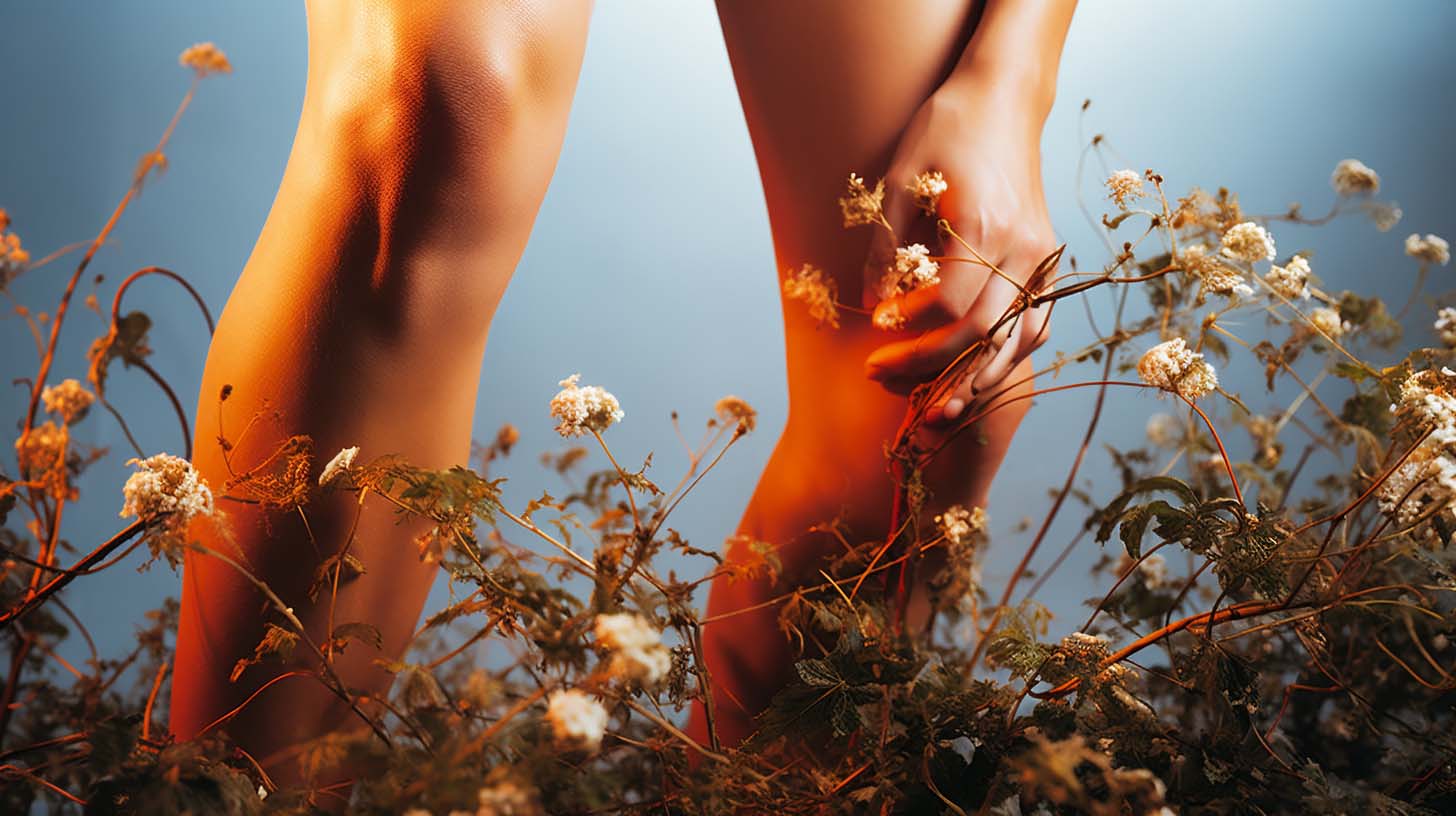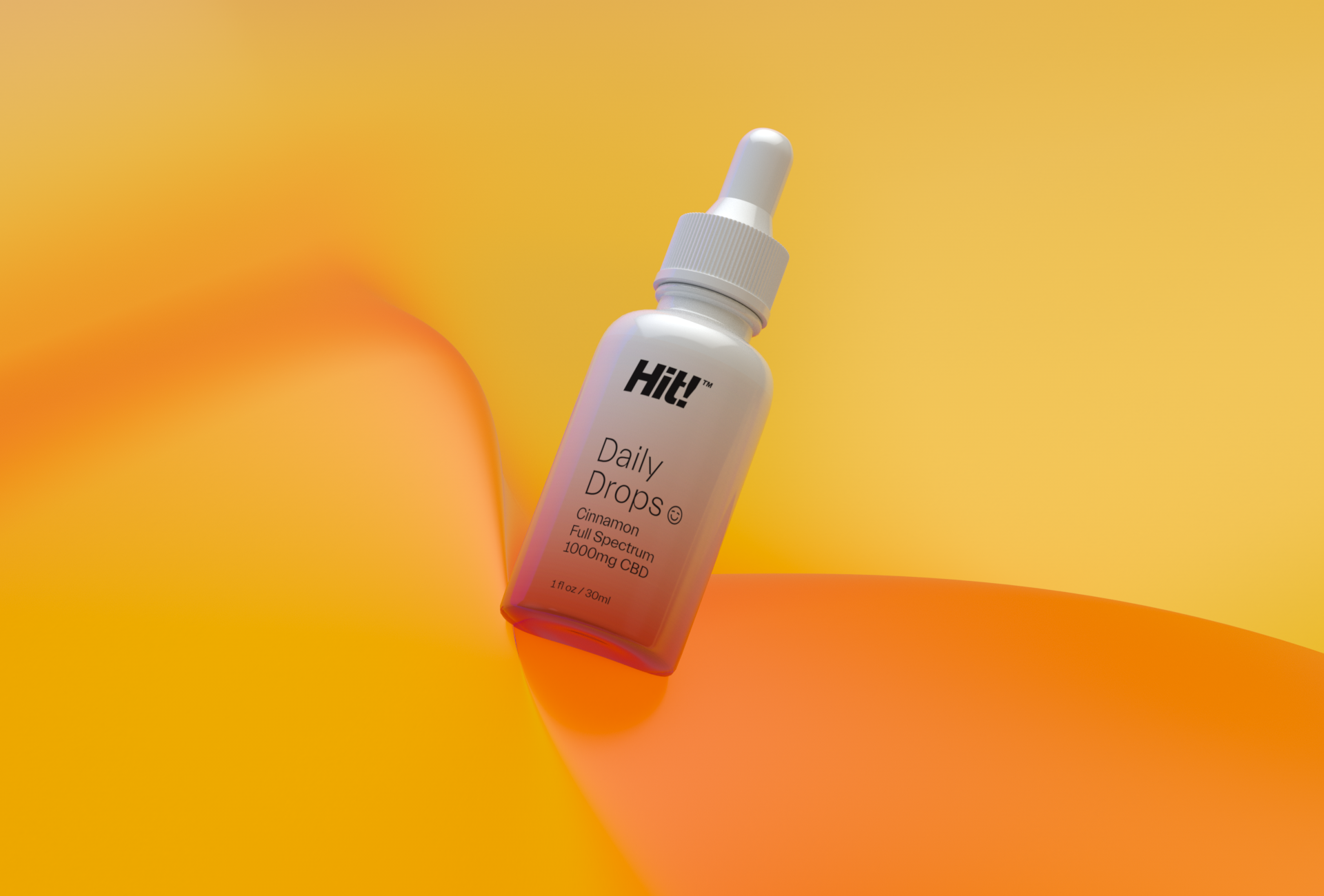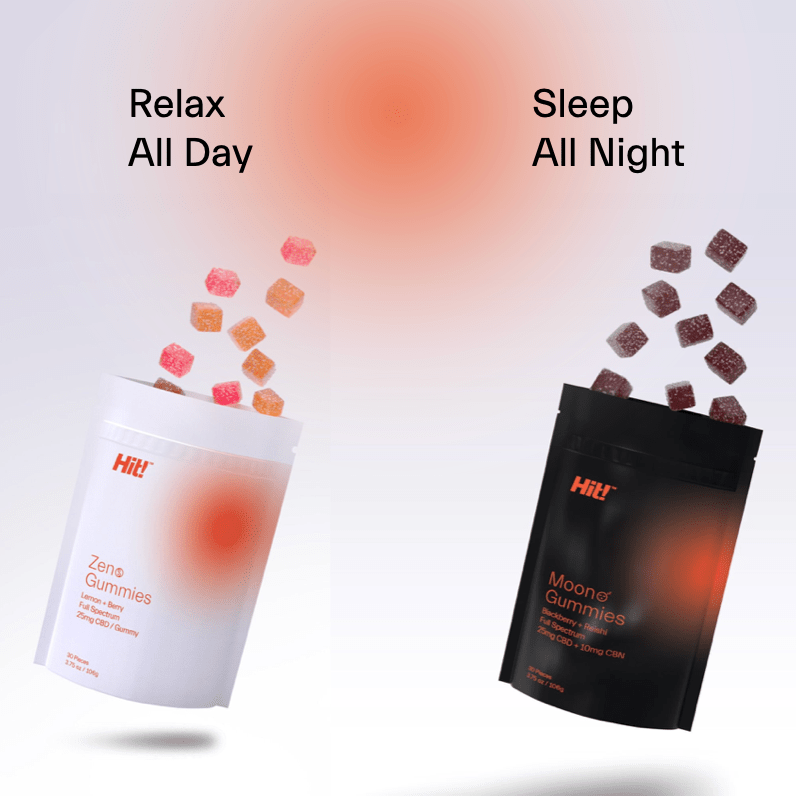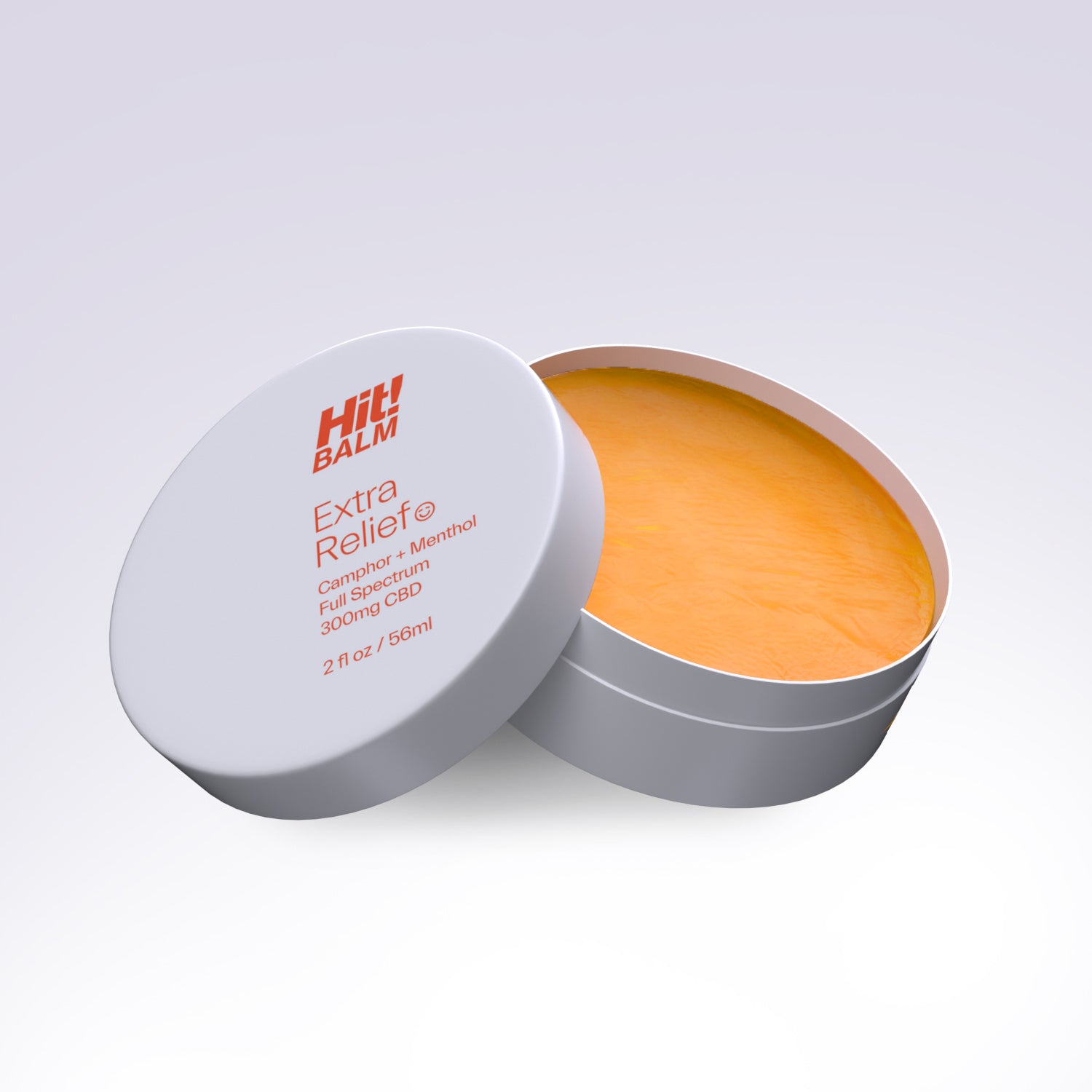5 Proven Ways to Aid Recovery for Athletes

As a licensed acupuncturist and enthusiastic Ultra Marathon runner, I understand how important managing strain and pain is for both training and race day. While "No pain, no gain" is a common refrain, we can all agree the real goal is to maximise the gain and reduce the pain…and to do that it is worth understanding how they are linked.
Most athletes, whether professional or recreational, live and breathe muscle soreness. Whether it's a pain in the quads or calves after an endurance run, forearm tenderness in tennis players or golfers, or glute pain from jumping in basketball, it's a normal response to intensive exercise. Rapidly being able to bounce back from this pain and inflammation is what ensures athletes can continue to progress and keep working.
Ironically the "pain" and "gain" are much the same thing. Pain occurs as a symptom of muscle strain, which in turn is caused by tiny tears in the individual muscle fibers or bundles of fibers caused by overloading the muscle with more stress than it can handle, or a normal load on an already fatigued muscle. Small strains are a regular part of strenuous activity. Once repaired, these strains help to build strength in the affected muscle, establishing a new baseline for future strength gains. Without strains, these physical gains would never occur.
During muscle training, the goal is to develop both the primary and secondary muscles involved in an activity. For instance in running, as your primary muscles become fatigued, your secondary muscle fibers act as backup. And when the secondary fibers tire, the primary muscles engage again. But, being already fatigued, the risk of strains or more severe damage is higher.
In a nutshell: muscle strains occur when fibers fail to fire, either because they're doing more work than they can manage or they're overworked.
What is inflammation?
Inflammation is usually considered a problem. We know that it is involved in various deleterious disease processes, and doctors spend their time reducing inflammation and its effects. Yet, it is merely your body's reaction to injuries—it's the way we heal. When inflammatory cytokines flood areas of tissue damage, it's the beginning of the healing process. Swelling, redness, pain, and restricted range of motion are the telltale signs this process is occurring; these symptoms stop you from using an injured body part, causing further damage.
Athletes, however, aren't a patient bunch. Against better advice, we tend to believe our brains when they tell us we're as fit as we think we are, no matter the limitations of age or ability (or both). We think we can overcome the discomfort and pain through sheer willpower.
Sometimes, we may turn to non-steroidal anti-inflammatory medications (NSAIDs), like ibuprofen or naproxen to rid the body of pain by halting the inflammatory response. As tempting as this sounds, there are repercussions for long-term NSAID use, including slower and less complete healing, higher recurrence rates, higher rates of chronic injury (lasting more than two to three months), and even kidney damage.
Increasingly treatment protocols for sports injuries take more of a natural and process-oriented approach.. Athletes should focus on reducing inflammation as it relates to pain, not to the point that it inhibits tissue repair.
These are the 5 most effective recovery protocols.
1- Cold treatment and cryotherapy
Cold therapy, or cryotherapy, works to reduce blood flow to a particular area. Less blood limits the inflammatory response, reducing swelling and pain. Athletes use cold packs, ice baths, ice massages, or coolant spray to get relief.
In a review of whole-body cryotherapy, the evidence suggested the treatment may reduce soreness in the short term and accelerate the perception of recovery. However, it did not consistently improve function nor alter the amount of muscle damage after intense exercise.
2 - Acupuncture
After strenuous exercise, acute muscle soreness (AMS) and delayed onset muscle soreness (DOMS) are completely normal. In a recent study, acupuncture was found to reduce the occurrence of AMS by one-half and DOMS by one-third—statistically significant improvements.
Acupuncture treatment to reduce muscle pain tend to target ‘trigger points’– tight, painful knots in the muscle – to increase flexibility, strength, and range of motion. These trigger sites often worsened by poor form or posture are a primary cause of muscle soreness which acupuncture tends to relieve.
3 - Massage
Perhaps the most popular relief for muscle soreness, massage involves reducing inflammation through "effleurage" or lymphatic drainage to relieve swelling. Moreover, deep tissue massages break up scar tissue, reduce tension, and promote blood flow to reduce inflammation.
However, deep tissue massages can also cause soreness if you're not used to the experience, and are often inappropriate when there’s excess pain or tissue damage.
4 - Topical therapy with CBD-infused balms and creams
Cannabidiol (CBD) is an increasingly popular treatment for muscle soreness. Because we all have cannabinoid receptors in our skin, applying CBD topically activates the endocannabinoid system, promoting pain and inflammatory relief.
Best of all, topical CBD for sports recovery is minimally invasive. There are no systemic side effects, and it works more immediately than more internal application method like CBD gummies or oil. Indeed, CBD has a low bioavailability – so no matter how much you apply, it'll never reach the bloodstream staying focused on the affected muscle.
CBD for sports recovery isn't the only natural treatment; capsaicin, camphor, helichrysum, and turmeric are also highly effective at relieving muscle soreness.

5 - Internal use of CBD
Of course, some athletes choose to go for oral CBD use. You can expect more systemic effects from ingesting CBD, as it's distributed through the blood. Oral CBD is believed to have a strong anti-inflammatory effect, relieving joint and muscle pain. In a recent study, oral CBD was found to reduce muscle soreness when taken immediately after a workout.
Final thoughts
Of all the treatments for muscle soreness, topical CBD balms are among the most effective. However, you don't need to choose a single treatment. Combining acupuncture with the application of a CBD balm or a deep therapeutic massage can yield the best results of all.
When our customers talk about the incredible benefits of Hit! Balm and CBD for sports recovery, we always emphasize the role of other treatments. Together, you can halt the worst effects of inflammation while still promoting healing and recovery.








Leave a comment